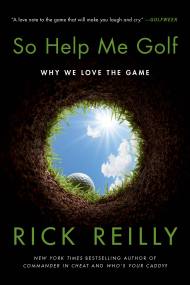Promotion
Use code BEST25 for 25% off storewide. Make sure to order by 11:59am, 12/12 for holiday delivery!
By clicking “Accept,” you agree to the use of cookies and similar technologies on your device as set forth in our Cookie Policy and our Privacy Policy. Please note that certain cookies are essential for this website to function properly and do not require user consent to be deployed.
Run to the Finish
The Everyday Runner's Guide to Avoiding Injury, Ignoring the Clock, and Loving the Run
Contributors
Formats and Prices
- On Sale
- Mar 3, 2020
- Page Count
- 288 pages
- Publisher
- Balance
- ISBN-13
- 9780738285993
Price
$19.99Price
$25.99 CADFormat
Format:
- Trade Paperback $19.99 $25.99 CAD
- ebook $12.99 $16.99 CAD
- Audiobook Download (Unabridged) $24.98
This item is a preorder. Your payment method will be charged immediately, and the product is expected to ship on or around March 3, 2020. This date is subject to change due to shipping delays beyond our control.
Buy from Other Retailers:
In her first book, popular runner blogger Amanda Brooks lays out the path to finding greater fulfillment in running for those who consider themselves “middle of the pack runners” — they’re not trying to win Boston (or even qualify for Boston); they just want to get strong and stay injury-free so they can continue to enjoy running.
Run to the Finish is not your typical running book. While it is filled with useful strategic training advice throughout, at its core, it is about embracing your place in the middle of the pack with humor and learning to love the run you’ve got without comparing yourself to other runners. Mixing practical advice like understanding the discomfort vs. pain, the mental side of running, and movements to treat the most common injuries with more playful elements such as “Favorite hilarious marathon signs” and “Weird Thoughts We all Have at the Start Line,” Brooks is the down-to-earth, inspiring guide for everyone who wants to be happier with their run.
-
"Refreshing and practical, Run to the Finish is equal parts wise training advice on every imaginable topic and a call to be grateful for and to celebrate the best and worst of our runs."Mina Samuels, author of Run Like a Girl 365 Days a Year
Newsletter Signup
By clicking ‘Sign Up,’ I acknowledge that I have read and agree to Hachette Book Group’s Privacy Policy and Terms of Use




